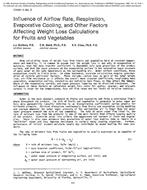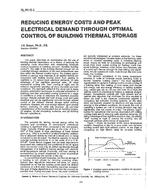Approximately 200 residential homes in the east end of Boise have been heated by a geothermal district heating system, presently known as the Boise Warm Springs Water District (BWSWD), since the early 1900s. In 1974, the State of Idaho undertook a project to demonstrate the feasibility of retrofitting existing state agency buildings to use geothermal water for space heating. In 1976, Boise established an Energy Office to study the development of a geothermal district heating system for downtown Boise. The geological studies, environmental report, and preliminary engineering design for the development of that system were completed in 1980.
The design bases for the Boise geothermal district heating system have been developed for the three major subsystems shown in Fig. 1;
– Production System
– Pipeline System
– Disposal System
Beneficial users connected to the geothermal district heating system will be responsible for their own subsystem to utilize the geothermal water. The development of those subsystems is the responsibility of each beneficial user and has not been considered a part of the Boise geothermal district heating system design.
The selection of the pumps and control systems for the Boise geothermal district heating system has been based upon anticipated geothermal well conditions and the hydraulic characteristics expected of the system.
Citation: Symposium, ASHRAE Transactions, Volume 87, Part 2, Cincinnati, Ohio
Product Details
- Published:
- 1981
- Number of Pages:
- 10
- File Size:
- 1 file , 800 KB
- Product Code(s):
- D-CI-81-11-4


